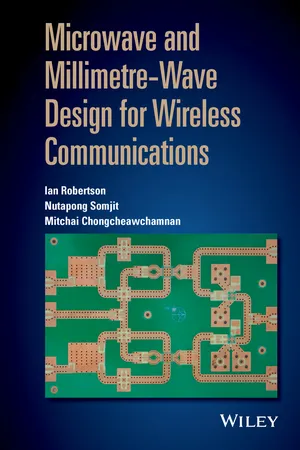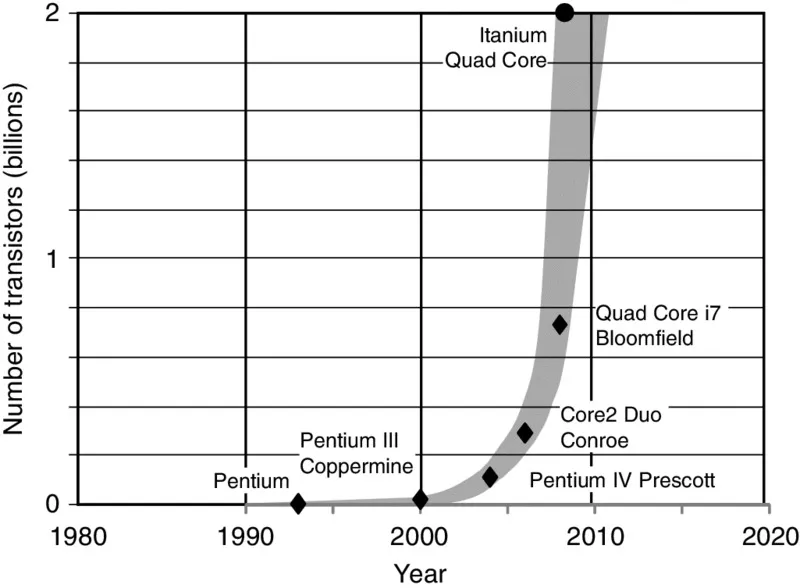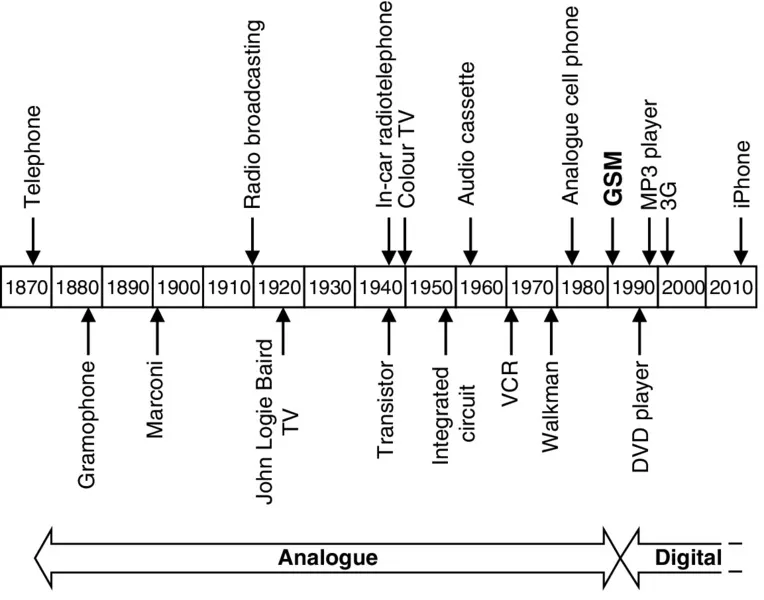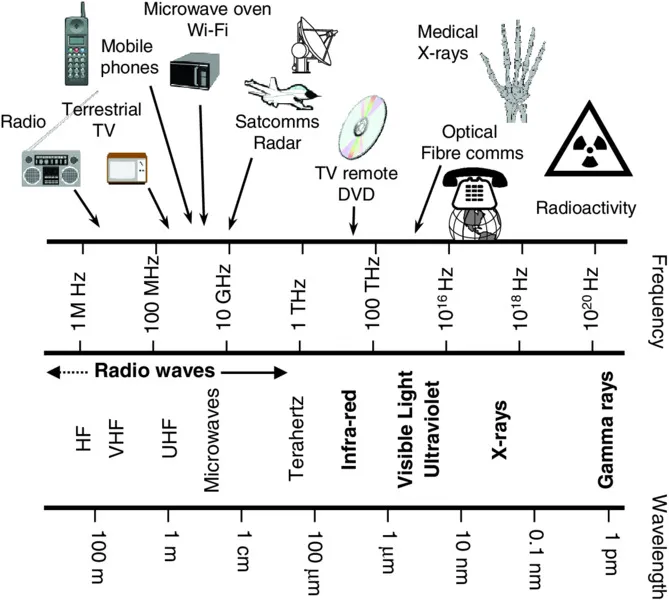
Microwave and Millimetre-Wave Design for Wireless Communications
- English
- ePUB (mobile friendly)
- Available on iOS & Android
Microwave and Millimetre-Wave Design for Wireless Communications
About this book
This book describes a full range of contemporary techniques for the design of transmitters and receivers for communications systems operating in the range from 1 through to 300 GHz. In this frequency range there is a wide range of technologies that need to be employed, with silicon ICs at the core but, compared with other electronics systems, a much greater use of more specialist devices and components for high performance – for example, high Q-factor/low loss and good power efficiency. Many text books do, of course, cover these topics but what makes this book timely is the rapid adoption of millimetre-waves (frequencies from 30 to 300 GHz) for a wide range of consumer applications such as wireless high definition TV, '5G' Gigabit mobile internet systems and automotive radars. It has taken many years to develop low-cost technologies for suitable transmitters and receivers, so previously these frequencies have been employed only in expensive military and space applications. The book will cover these modern technologies, with the follow topics covered; transmitters and receivers, lumped element filters, tranmission lines and S-parameters, RF MEMS, RFICs and MMICs, and many others.
In addition, the book includes extensive line diagrams to illustrate circuit diagrams and block diagrams of systems, including diagrams and photographs showing how circuits are implemented practically. Furthermore, case studies are also included to explain the salient features of a range of important wireless communications systems. The book is accompanied with suitable design examples and exercises based on the Advanced Design System – the industry leading CAD tool for wireless design.
More importantly, the authors have been working with Keysight Technologies on a learning & teaching initiative which is designed to promote access to industry-standard EDA tools such as ADS. Through its University Educational Support Program, Keysight offers students the opportunity to request a student license, backed up with extensive classroom materials and support resources. This culminates with students having the chance to demonstrate their RF/MW design and measurement expertise through the Keysight RF & Microwave Industry-Ready Student Certification Program.
Frequently asked questions
- Essential is ideal for learners and professionals who enjoy exploring a wide range of subjects. Access the Essential Library with 800,000+ trusted titles and best-sellers across business, personal growth, and the humanities. Includes unlimited reading time and Standard Read Aloud voice.
- Complete: Perfect for advanced learners and researchers needing full, unrestricted access. Unlock 1.4M+ books across hundreds of subjects, including academic and specialized titles. The Complete Plan also includes advanced features like Premium Read Aloud and Research Assistant.
Please note we cannot support devices running on iOS 13 and Android 7 or earlier. Learn more about using the app.
Information
1
Introduction

1.1 A Brief Timeline of Consumer Electronics

1.2 The Electromagnetic Spectrum

| Frequency | Application |
| 0.5 to 2.6 MHz | Medium wave AM radio band |
| 220 MHz | Digital audio broadcasting |
| 500–850 MHz | UHF TV band |
| 850, 900 MHz and 1.8, 1.9 GHz | GSM mobile (cell) phones |
| 2.2 GHz | 3G mobile phones |
| 2.45 GHz | Microwave ovens, Bluetooth, 802.11b/g/n wireless LANs |
| 10 GHz | Military radar |
| 11–12 GHz | European satellite TV |
| 60 GHz | 802.11ad gigabit wireless LANs |
| 77 GHz | Cruise control in some cars |
| 198 THz | Long-distance fibre communications |
| 333 THz | TV infra-red remote control |
| 430 THz | Red light |
| 1 million THz | X-rays in hospital |
Table of contents
- Cover
- Title page
- Copyright
- About the Authors
- Acknowledgements
- Preface
- 1 Introduction
- 2 Transmitters and Receivers
- 3 Scattering Parameters
- 4 Lumped-Element Filters
- 5 Transmission Line Theory
- 6 Transmission Line Components
- 7 Transmission Line Filters
- 8 Semiconductor Devices
- 9 Impedance Matching
- 10 Amplifiers
- 11 Oscillators
- 12 Mixers and Modulators
- 13 RF MEMS
- 14 Antennas and Propagation
- 15 Digital Signal Processing for Transceivers
- 16 Packaging and Assembly
- 17 Electronic Design Automation
- 18 Measurement Techniques
- Glossary
- Index
- EULA